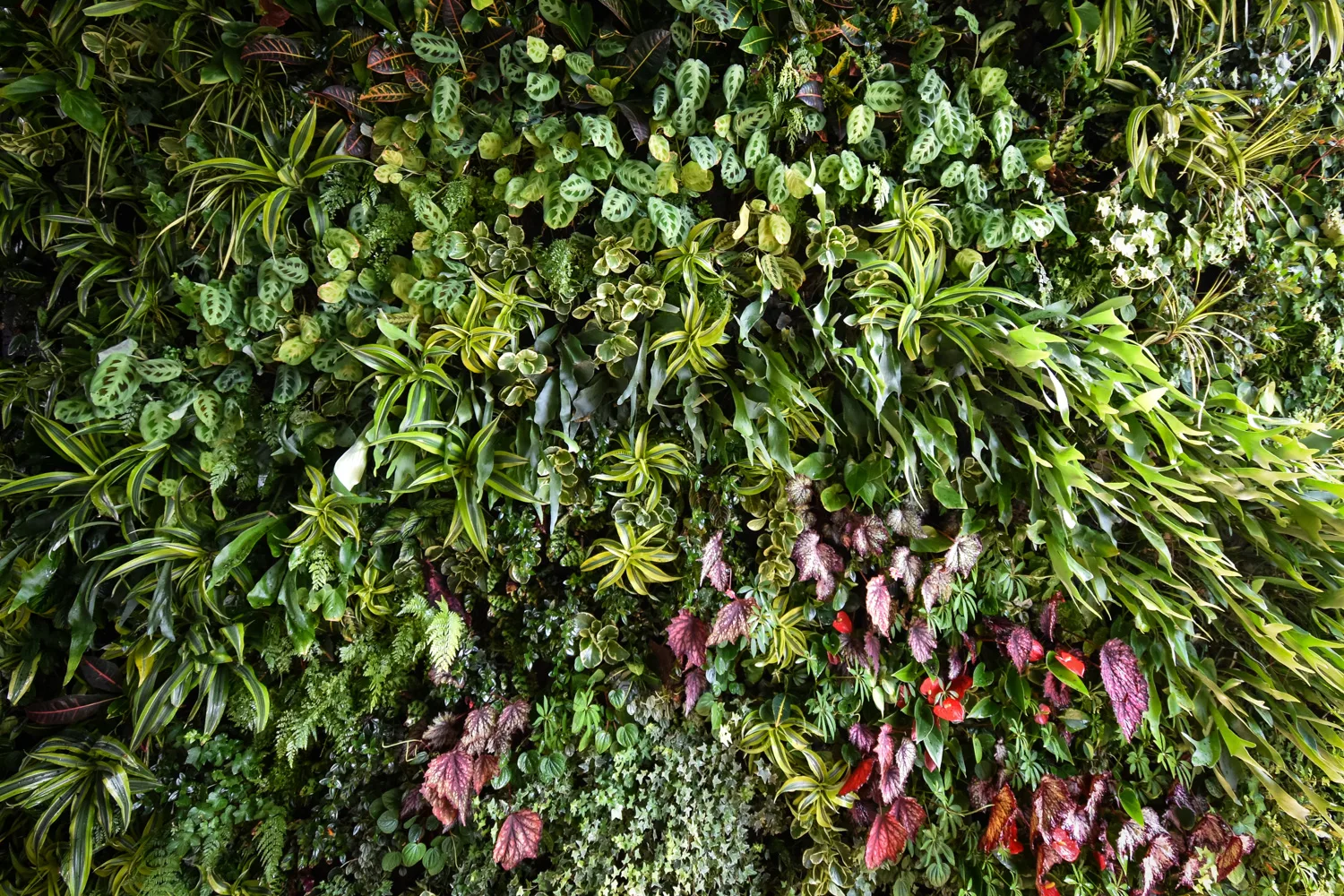In the heart of urban sprawl, where space is as precious as a breath of fresh air, vertical gardens emerge as a beacon of hope. These gardens, thriving amid concrete jungles, not only enhance aesthetic appeal but also offer practical solutions to space limitations.
The Rise of Vertical Gardens in Urban Architecture
Vertical gardens, which can also be referred to as a living wall or moss wall, have been revolutionizing urban architecture. These plant walls are not just a trend; they represent a shift towards more sustainable space and resource-efficient urban living. By turning bland and unused vertical spaces into lush, green oases, these gardens offer a respite from the grey monotony of city life.
Are Vertical Gardens Worth It?
To address the elephant in the room: Are vertical gardens worth the investment? The answer lies in their multifaceted benefits:
- Space Efficiency: In cities where horizontal space is limited, growing upwards is a smart solution. Vertical gardens allow for ample greenery without sacrificing valuable floor space.
- Environmental Benefits: Living walls reduce the urban heat island effect and improve air quality. They act as natural air filters, pulling pollutants from the air and releasing oxygen.
- Aesthetic Appeal: Vertical gardens transform ordinary urban landscapes into vibrant, inviting spaces. They can enhance the value of a property and provide a unique visual appeal.
Benefits of Growing Plants Vertically
Growing plants vertically offers several advantages:
- Increased Plant Density: Vertical gardening allows for more plants in a smaller area, maximizing green coverage in tight urban spaces.
- Diverse Ecosystems: Living walls can support a variety of plant species, creating miniature ecosystems in urban settings.
- Thermal Insulation: Living walls can act as natural insulators, reducing energy costs for heating and cooling when positioned on the outside of buildings or homes.
The Cons of Vertical Gardening
Despite their benefits, vertical gardens come with their challenges:
- Initial Cost: Setting up a living wall can be costly, especially for larger installations.
- Maintenance Needs: Living walls require regular maintenance, including watering, pruning, and monitoring for pests.
- Technical Complexity: Installing a vertical garden involves considerations like weight, water drainage, plant selection, and environmental factors. Consulting with our professionals at Vertical Garden Solutions is important for ensuring that the wall is built for long-term success and vitality.
Is Maintaining a Vertical Garden Difficult?
Maintaining a vertical garden is not necessarily difficult, but it does require commitment. Living walls require regular maintenance which differs from moss walls which require an occasional dusting. Automated watering systems can ease the burden on living walls, but regular check-ups are essential to ensure plant health. Understanding the specific needs of your plants and the microclimate of your area is crucial for a thriving vertical garden, which is why Vertical Garden Solutions offers continued maintenance services to their clients.
Conclusion
Vertical gardens are more than just an aesthetic addition to urban architecture; they are a practical solution to space constraints and environmental concerns. While they require an initial investment and ongoing care, the benefits they offer in terms of space efficiency, environmental impact, and aesthetic appeal make them a worthwhile consideration for urban spaces.
By embracing vertical gardening, we can turn our cities into greener, more sustainable, and more livable spaces. It’s not just about growing plants; it’s about growing life itself.




